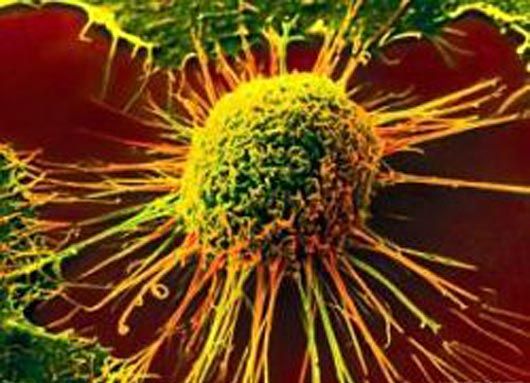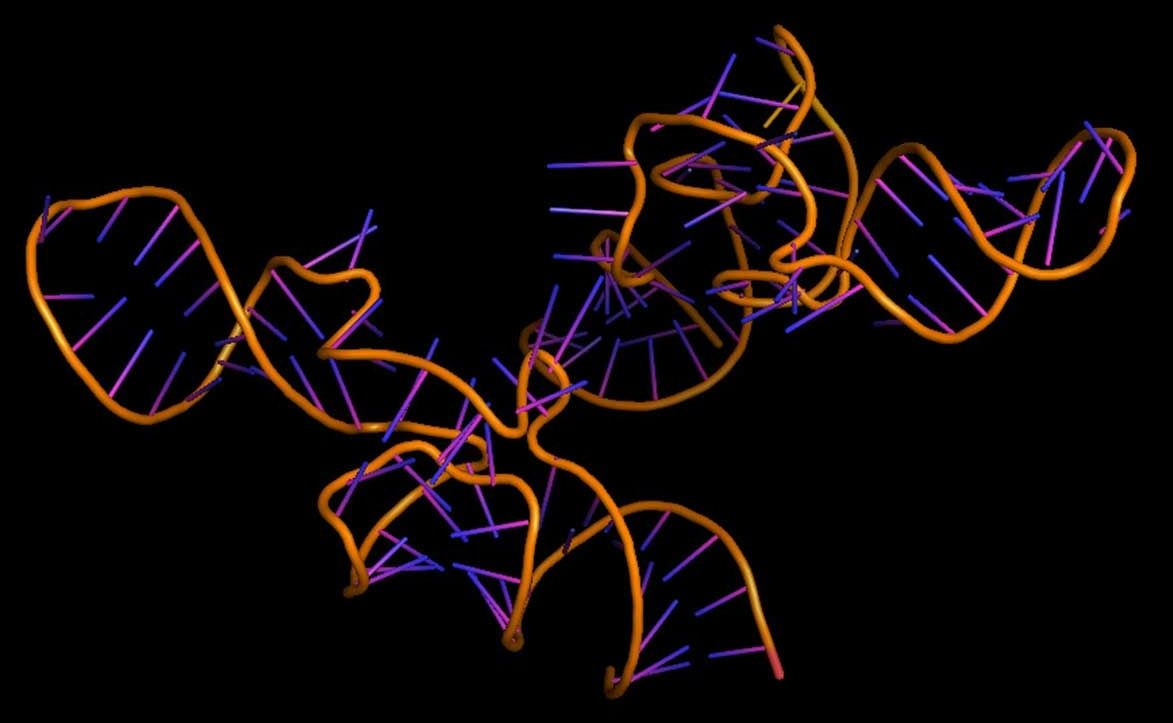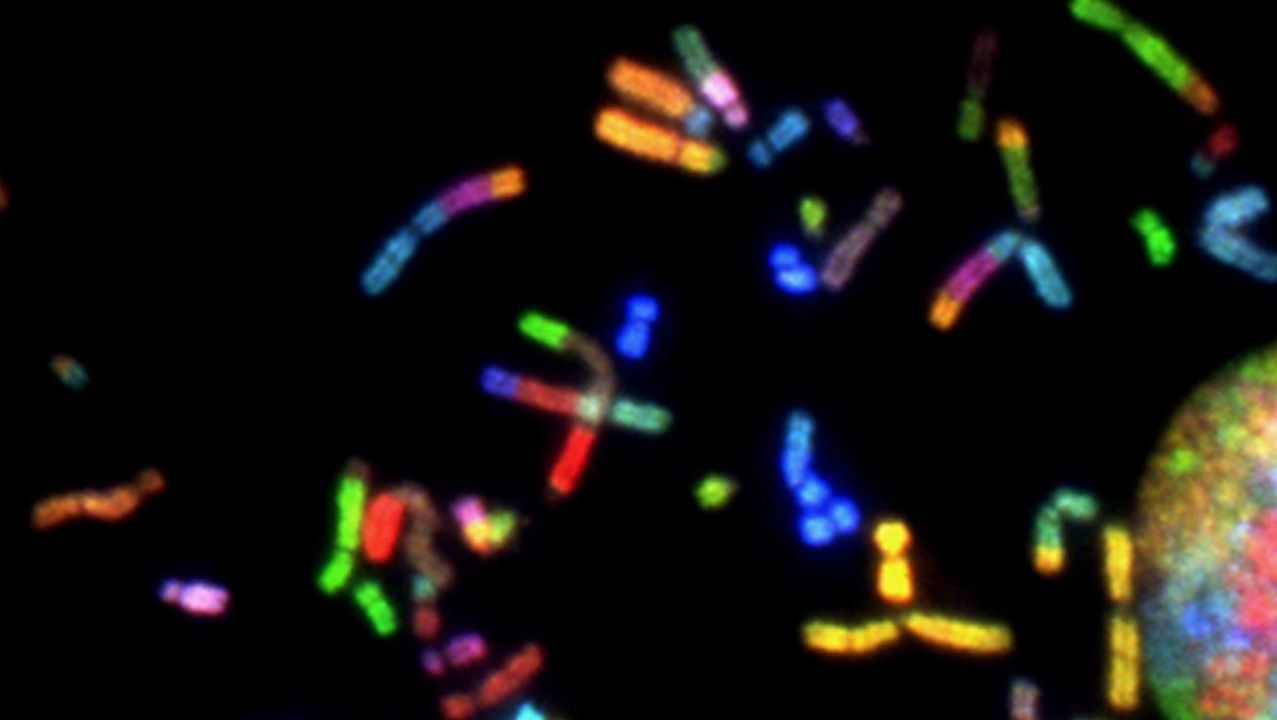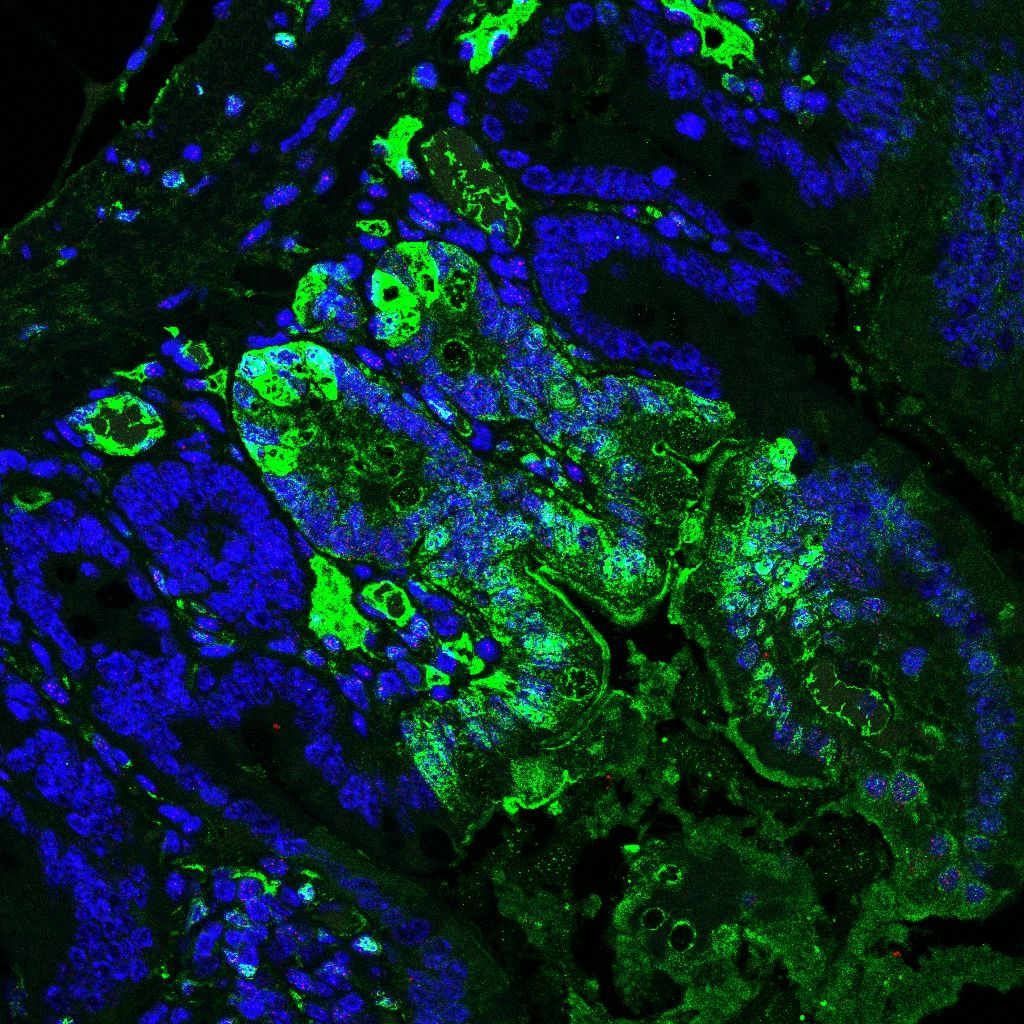Page 11442
Jun 2, 2016
Scientists trick body’s viral response to combat cancer
Posted by Sean Brazell in categories: biotech/medical, genetics
German researchers on Wednesday presented a Trojan horse method of attacking cancer, sneaking virus impersonators into the human body to unleash an anti-tumour immune offensive.
Tested in only three people so far, the treatment claims to be the latest advance in immunotherapy, which aims to rouse the body’s own immune army against disease.
Made in the lab, this Trojan horse is composed of nanoparticles containing cancer RNA—a form of genetic coding—enclosed by a fatty acid membrane.
Continue reading “Scientists trick body’s viral response to combat cancer” »
Jun 2, 2016
DoD to launch info-sharing system to protect against insider threats
Posted by Karen Hurst in categories: government, military, security
I could see this for those US Gov. non-classified and even some lower risk classified systems. However, when I had worked in government we found for the “Top Secret” and highly “Classified” systems that the best secured method is to continue to leave these systems unconnected and using those floppy disks to transfer information. Yes it’s dinosaur technology; it has been proven time and time again to be the most reliable and safest until we have QC on a massive scale adopted.
The Defense Department is creating an information-sharing platform that will monitor risks posed by government employees and other individuals in possession of high-level U.S. government security clearance.
The program, known as “Department of Defense (DoD) Component Insider Threat Records System” is part of an executive order signed by President Obama in October 2011. The system aims to prevent leaks of classified government information and will monitor individuals who were granted eligibility to access classified information and those “who have exhibited actual, probable, or possible indications of insider threat behaviors or activities.” This includes National Guard and military reserves personnel, employees, DoD contractors.
Continue reading “DoD to launch info-sharing system to protect against insider threats” »
Jun 2, 2016
Bacterial RNA-editing tool could disable viruses or halt disease
Posted by Karen Hurst in categories: bioengineering, biotech/medical
Precision medicine’s new friend.
CRISPR gene editing can now target RNA as well as DNA, which could be a way to treat infectious diseases and cancer and track RNA as it moves around cells.
Jun 2, 2016
Scientists reveal proposal to build human genome from scratch
Posted by Karen Hurst in category: biotech/medical
More on the human synthetic genome project — this could greatly benefit medical and tech companies alike as well as governmental efforts.
Initial $100 million plan would support technologies for large-scale DNA synthesis.
Jun 2, 2016
Tiny lasers enable next-gen microprocessors to run faster, less power-hungry
Posted by Karen Hurst in categories: electronics, energy, nanotechnology
More energy efficient, high performance microprocessors on the way.
Abstract: Tiny high-performance lasers grown directly on silicon wafers solve a decades-old semiconductor industry challenge that, until now, has held back the integration of photonics with electronics on the silicon platform,
A group of scientists from Hong Kong University of Science and Technology; the University of California, Santa Barbara; Sandia National Laboratories and Harvard University were able to fabricate tiny lasers directly on silicon — a huge breakthrough for the semiconductor industry and well beyond.
Continue reading “Tiny lasers enable next-gen microprocessors to run faster, less power-hungry” »
Jun 2, 2016
Ageing breakthrough: Scientists create “hyper-long” telomeres without gene editing
Posted by Dan Kummer in categories: bioengineering, biotech/medical, genetics, life extension
Scientists have successfully created mice with significantly longer telomeres than normal, resulting in a drop in molecular ageing, without using genetic manipulation.
Telomeres, which are found at the end of all animals’ chromosomes, are thought to be vital to ending ageing, as their shortening as we age is a key factor in cellular ageing and the onset of age-related disease. However, when they are lengthened beyond normal levels in mice, they have the precise opposite effect, protecting against ageing and related diseases, and increasing lifespan.
The mice, which are chimeras carrying both regular and “hyper-long” telomeres, were created using a technique based on epigenic changes, where embryonic stem cells are expanded in vitro, prompting changes to telomeres.
Jun 2, 2016
Scientists create mice with hyper-long telomeres without altering the genes
Posted by Montie Adkins in categories: biotech/medical, genetics, life extension
The cells with hyper-long telomeres in these mice appear to be perfectly functional. When the tissues were analysed at various moments (0, 1, 6 and 12 months of life), these cells maintained the additional length scale (they shortened over time but at a normal rhythm), accumulated less DNA damage and had a greater capacity to repair any damage. In addition, the animals presented a lower tumour incidence than normal mice.
These results show that pluripotent stem cells that carry hyper-long telomeres can give rise to organisms with telomeres that remain young at the molecular level for longer. According to the authors, this “proof of concept means that it is possible to generate adult tissue with longer telomeres in the absence of genetic modifications”.
The Telomeres and Telomerase Group at the Spanish National Cancer Research Centre (CNIO), in collaboration with the Centre’s Transgenic Mice Core Unit, has succeeded in creating mice in the laboratory with hyper-long telomeres and with reduced molecular ageing, avoiding the use of what to date has been the standard method: genetic manipulation. This new technique based on epigenetic changes that is described today in the pages of Nature Communications, avoids the manipulation of genes in order to delay molecular ageing. The study also underlines the importance of this new strategy in generating embryonic stem cells and iPS cells with long telomeres for use in regenerative medicine.
Continue reading “Scientists create mice with hyper-long telomeres without altering the genes” »
Jun 2, 2016
Experimental test verifies Heisenberg’s measurement uncertainty principle
Posted by Andreas Matt in category: quantum physics
(Phys.org)—Werner Heisenberg originally proposed the uncertainty principle in 1927, but his original proposal was somewhat different than how it is interpreted today. As a recent paper in Physical Review Letters explains, Heisenberg’s original statement was about error and disturbance in a measurement process. Over the years, however, Heisenberg’s original proposal has been restated in terms of the uncertainties intrinsic to quantum states. This aspect of the uncertainty principle has been studied extensively with well-developed theories and verified experimentally.
On the other hand, Heisenberg’s original proposal regarding error in the measurement process is not as well understood. In the new paper, a team of researchers led by Professor Jiangfeng Du at the University of Science and Technology of China has reported an experimental test of the measurement aspect of Heisenberg’s uncertainty principle using nuclear-spin qubits.
In his original proposal, Heisenberg predicted a tradeoff between error and disturbance. He suggested that when a gamma-ray microscope measures the position of an electron, the measurement inevitably disturbs the electron’s momentum. The smaller the measurement error, the larger the disturbance, and vice versa. This idea was described qualitatively but a complete quantitative description is still lacking today.
Continue reading “Experimental test verifies Heisenberg’s measurement uncertainty principle” »
Jun 2, 2016
The Economic Lessons of Star Trek’s Money-Free Society
Posted by Shailesh Prasad in category: economics
In the latest ‘Geek’s Guide to the Galaxy’ podcast, writer Manu Saadia discusses what we can learn about post-money life from the ‘Star Trek’ franchise.

















